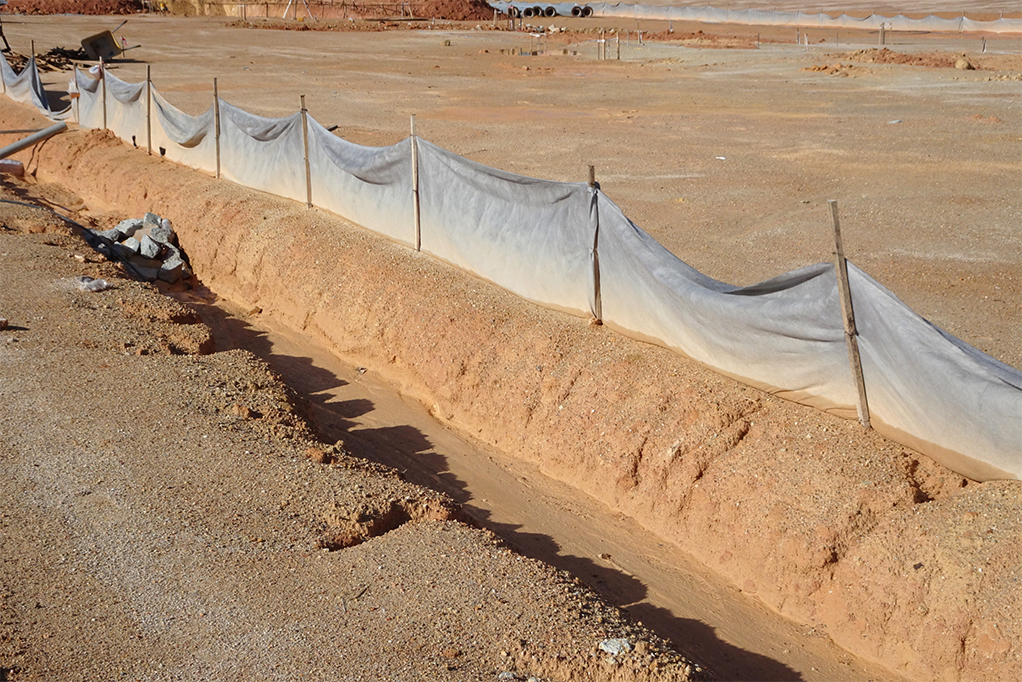Is Your Sediment Control SWPPP Compliant?
The best way to prevent pollution from sedimentation is to keep the dirt where it is. If the dirt doesn’t move, it can’t pollute.
Perimeter and Sediment Controls
Perimeter controls are BMPs that are used where stormwater from disturbed areas is likely to leave the perimeter of the site. They are used to prevent sediment and pollutants from leaving the site boundaries. A silt fence is one of the most common perimeter controls utilized nationwide.
The sediment track-out controls aim to minimize the track-out of sediment and dirt from the construction site onto roadways, etc.
A common control is the stabilized construction exit. But often the site may need to use a tire wash. Other controls may consist of limiting access and tracking cleanup, which would include sweeping, vacuuming, and shoveling. Just remember – you should never sweep into a stormwater conveyance, or into storm drains, and you should never hose off the pavement.
Stockpile Controls
Stockpiles require controls as well. They must be outside the natural buffer. They should be separate from other stormwater controls. Protect stockpiles with temporary perimeter sediment barriers downslope of the pile. Whenever possible, stockpiles should be covered or stabilized. If there are any problems arising from a stockpile, it needs to be properly cleaned up from the pavement. You also should consider protection for stockpiles from wind by implementing dust control wherever required.
Stopping sediment from traveling too far from its source causes fewer problems overall. So why not save yourself the headache and keep sediment from moving?
Only you can prevent sedimentation! *Insert Smokey the Bear here* (Or whatever the stormwater equivalent is).


